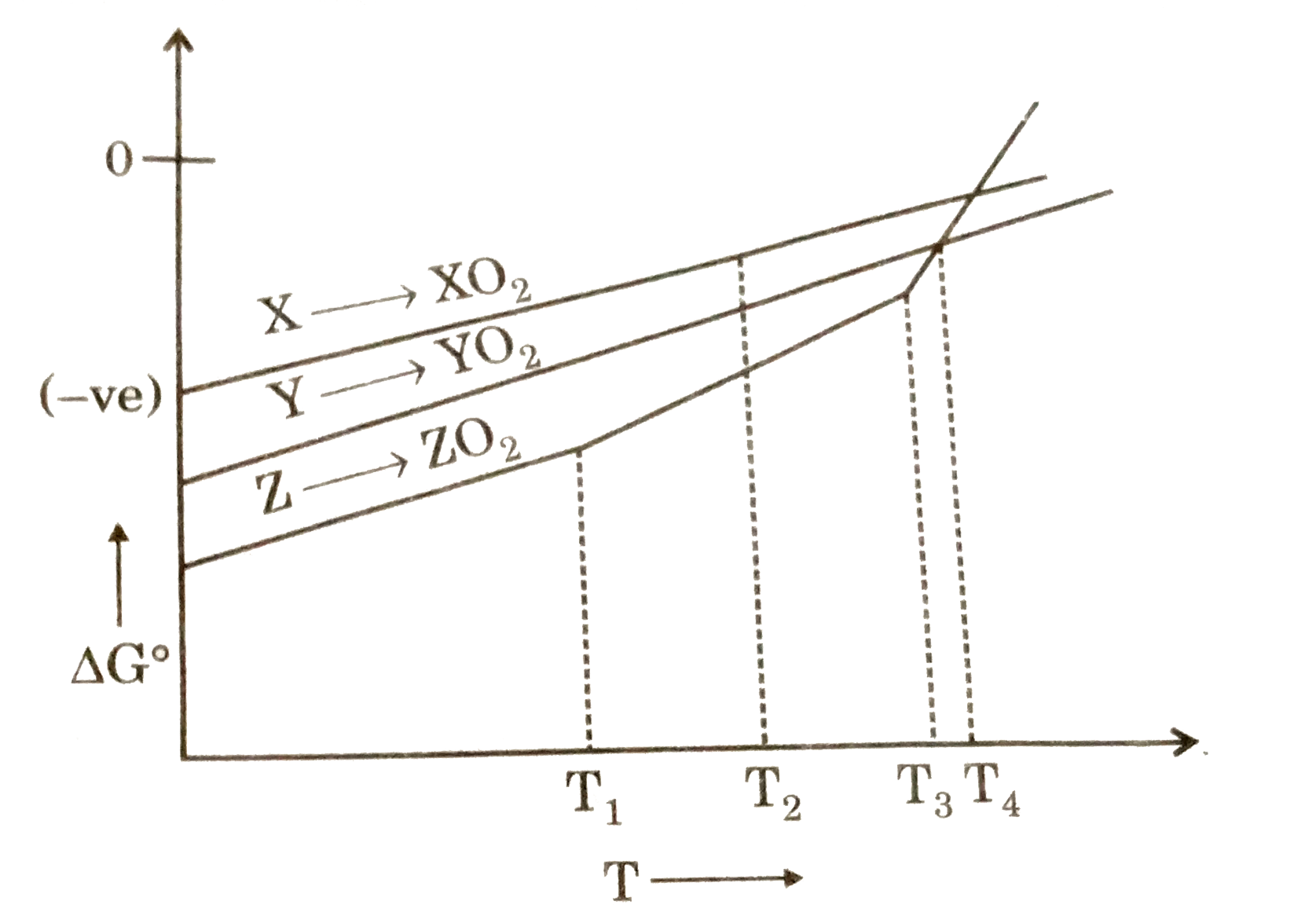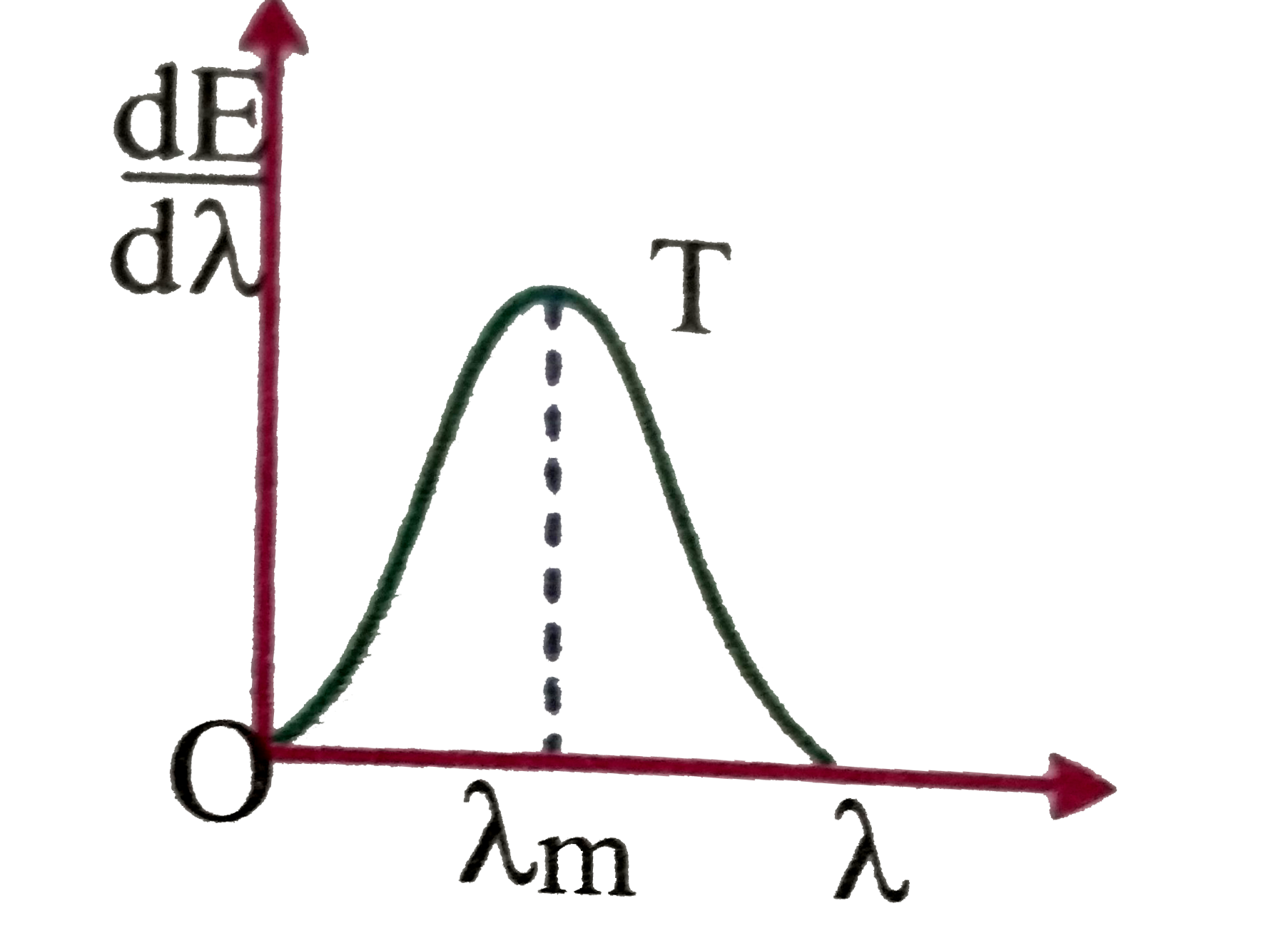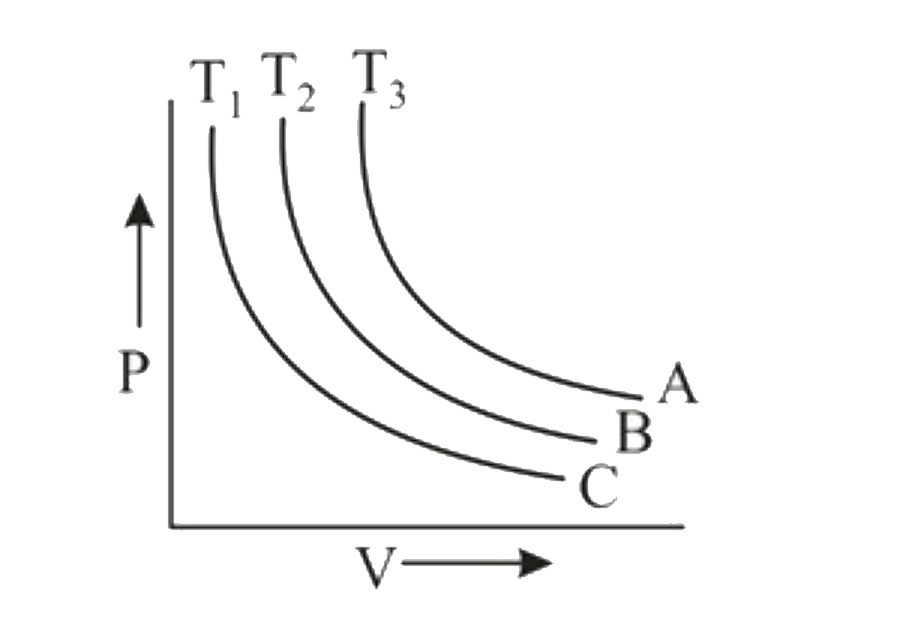Two identical objects A and B are at temperatures and . Respectively. Both objects are placed in a room with perfectly absorbing walls maintained at a temperature . The objects A and B attain the temperature T eventually. Select the correct statements from the following:
A only emits radiation, while B only absorbs it until both attain temperature T.
A lose more heat by radiation than it absorbs while B absorbs more radiation than it emits until they attain temperature T.
Both A and B only absorb radiation, but do not emit it, until they attain temperature T.
Each object continues to emit and absorb radiation even after attaining temperature T.
The correct Answer is:B,D
Step by step video, text & image solution for Two identical objects A and B are at temperatures T_A and T_B. Respectively. Both objects are placed in a room with perfectly absorbing walls maintained at a temperature T(T_AgtTgtT_B). The objects A and B attain the temperature T eventually. Select the correct statements from the following: by Physics experts to help you in doubts & scoring excellent marks in Class 12 exams.
Topper's Solved these Questions
- BOOK - RESNICK AND HALLIDAYCHAPTER - HEAT-MEASUREMENT AND TRANSFEREXERCISE - PRACTICE QUESTIONS( LINKED COMPREHENSION)9videos
HEAT-MEASUREMENT AND TRANSFER
- BOOK - RESNICK AND HALLIDAYCHAPTER - HEAT-MEASUREMENT AND TRANSFEREXERCISE - PRACTICE QUESTIONS( INTEGER TYPE)5videos
HEAT-MEASUREMENT AND TRANSFER
- BOOK - RESNICK AND HALLIDAYCHAPTER - HEAT-MEASUREMENT AND TRANSFEREXERCISE - PRACTICE QUESTIONS60videos
HEAT-MEASUREMENT AND TRANSFER
- BOOK - RESNICK AND HALLIDAYCHAPTER - GRAVITATIONEXERCISE - PRACTICE QUESTIONS (INTEGER TYPE)4videos
GRAVITATION
- BOOK - RESNICK AND HALLIDAYCHAPTER - HYDROGEN ATOMEXERCISE - PRACTICE QUESTIONS(Integer Type)6videos
HYDROGEN ATOM
Similar Questions
Knowledge Check
- Question 1 - Select One
Two identical objects A and B are at temperature TA and TB respectively. Both objects are placed in a room with perfectly absorbing walls maintained at temperature T(TA>T>TB).
Statement-1: The objects A and B attain the temperature T eventually
Statement-2: A only emits radiation while B only absorbs until radiation both attain the temperature TAStatement-1 is true, statement-2 is true and statement-2 is correct explanation for statement-1.BStatement-1 is true, statement-2 is true and statement-2 is NOT the correct explanation for statement-1.CStatement-1 is true, statement-2 is false.DStatement -1 is false, statement -2 is true. - Question 2 - Select One
Two identical objects A and B are at temperature TA and TB respectively. Both objects are placed in a room with perfectly absorbing walls maintained at temperature T(TA>T>TB)
Statement-1: The objects A and B attain the temperature T eventually.
Statement-2: A only emits radiation while B only absorbs until radiation both attain the temperature TAStatement-1 is true, statement-2 is true and statement-2 is correct explanation for statement-1.BStatement-1 is true, statement-2 is true and statement-2 is NOT the correct explanation for statement-1.CStatement-1 is true, statement-2 is false.DStatement -1 is false, statement -2 is true. - Question 3 - Select One

Temperature T1andT3 represents respectively:Amelting point and boiling point of ZBmelting point and boiling point of ZO2Cmelting point of Z and ZO2Dboiling point of Z and ZO2
The shows a radiant energy spectrum graph for a black body at at temperature T

If the temperature of the body is raised to a higher temperature T then choose the correct statement (s).View SolutionTwo stars A and B of surface area Sa and Sb & temperature TaandTb glow red and blue respectively. Choose the correct option.
View SolutionLet TaandTb be the final temperatures of the samples A and B respectively in the previous question.
View SolutionThree isothermal plots (P versus V) A, B and C are plotted at three temperature T1,T2andT3 respectively

The correct order of the temperature will beView SolutionThree stars A, B, C have surface temperatures TA,TB,TC respectively. Star A appears bluish, star B appears reddish and star C yellowish. Hence,
View Solution

